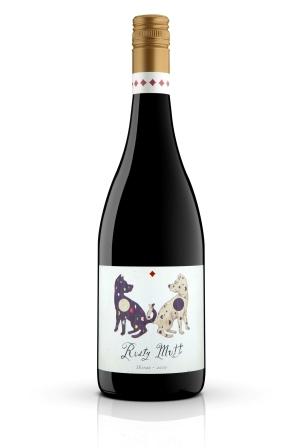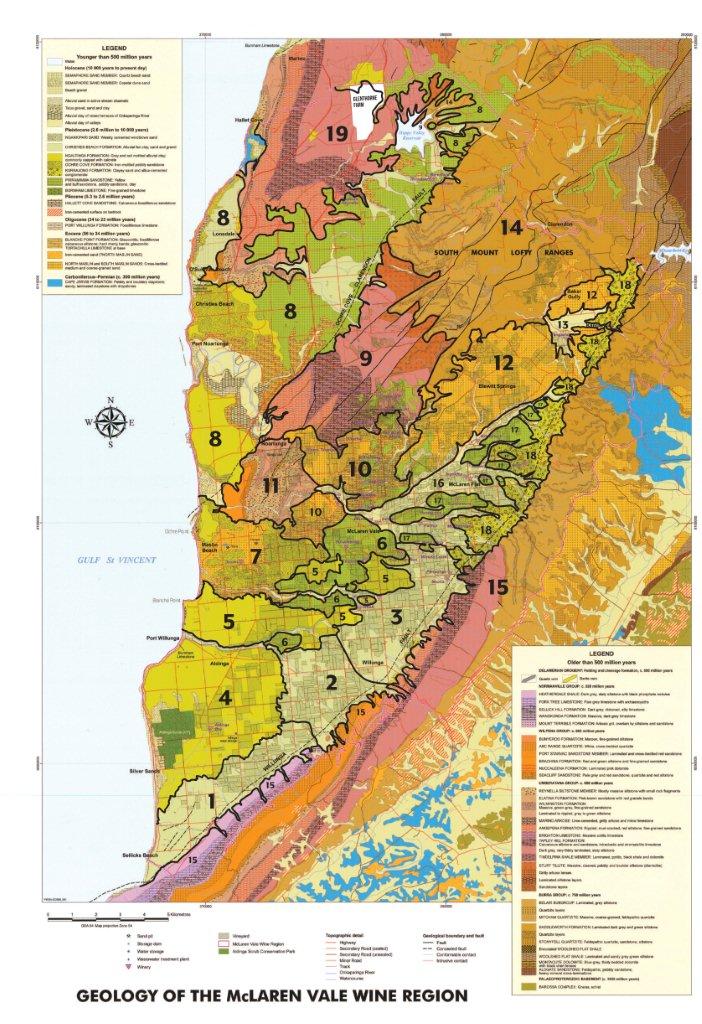
Fox Creek Wines Cellar Door
It has been a while since I have visited Fox Creek Wines Cellar door and I am not sure why it has been so long. I used to work for Fox Creek Wines – I completed the 2009 vintage and then worked right up to the 2010 vintage as the laboratory technician. Thus Fox Creek Wines holds a special place for me. I enjoyed my time working there and I learnt so much about making the wine and those little elements of exposure that are hard to describe. I enjoyed my time talking to Scott (the wine maker) about how I was looking at setting up my wine business and how to market wines.
I have always found the cellar door cheerful and inviting with well tended grounds from the flowers in the garden beds to the expanse of grass. The outdoor areas have space for a family to have a picnic lunch and room for the kids to run around. The grounds have a number of wood based sculptures right up to a version of the Red Baron airplane. Fitting since one of the labels is called Red Baron. They now serve platters with local cheeses and preserves.

The Red Baron
I did not taste all the wines available as there is a large range to try but here is a summary of what I did taste.
2012 Sauvignon Blanc ($17)
All the passionfruit and tropical notes that one expects from this variety from the warmer McLaren Vale climate. there was a good level of acid on the finish but I got a slight bitterness right on the back of the palate.
2012 Vermentino ($23)
I remember being involved in a tasting of the variety while work at Fox Creek and came away from trying a few Australian as well as Italian versions of this variety and thinking why would one drink this instead of a good chardonnay. Well this seemed so different to what I tried back then. The fruit character was based on nectarines and there was a mouth filling effect but what I found most interesting was he feeling that the wine was almost salty was what intrigued me so much. I have not really tried too many Vermentino’s but a few have had this saltiness.
2011 Shiraz Grenache Mourvedre ($17.50)
The last few vintages of this wine have been a highlight for me from this range and has shown such great value. I was concerned about the 2011 vintage but I should not have been. This wine is all about clean fruits (both red and black fruits) and the spice. A red wine that is just so friendly to drink.
2011 Fox Creek Circle Mourvedre Grenache ($25)
Each year the winemaker and his team looks at a special parcel of fruit to make their Circle wine. When I was working at the winery I was involved in tasting blends between Mourvedre and Grenache and was glad they decided to produce a 2009 Grenache Mourvedre Circle wine so I was happy to see a similar blend again. I was not disappointed with good red fruits mixed with spices of cinnamon and nutmeg. Oak influence was more than I expected but it gives good structure to the wine and it will probably live in the bottle longer than a number of Grenache based wines.
2010 Fox Creek Circle Cabernet ($25)
The aroma for this wine showed a first for me – a wine that smelt of red capsicums! I enjoyed the flavours (none of them red capsicum) with blackcurrent with nutmeg.
2011 Reserve Cabernet ($48)
Just what you expect from this label – classical blackcurrent from the Cabernet fruit and a nuttiness of oak. Keep this one for a few years and you will be rewarded.
2011 Short Row Shiraz ($28.50)
This label has been another favorite of mine. The wine is based around American oak treatment. A few years ago American oak was all the fashion producing those big fruit, high alcohol and lots of strong oak. Today most companies are looking to use more restrained French oak with the different flavor profile. We seem to have from one extreme to the other. There is a place for the American oak style Shiraz and this is one that puts this case forward. There is the vanilla almost creaminess edge to the wine – and I like it.
2011 Reserve Shiraz ($75)
This has all class written all over it. Silky smooth with a long life ahead. Classified as one of the most collectable wines in Australia but for me, don’t collect but drink it.







